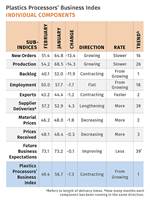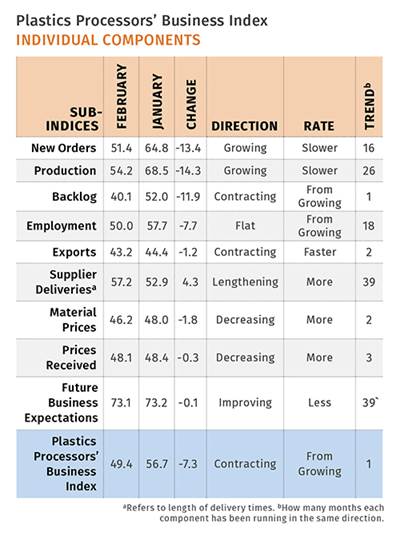Moderate Growth Ahead For Electronics Production
Signs suggest this market is poised for faster growth.
While electronics production is near all-time highs, the rate of growth in production is the slowest since the last recession. If you exclude the last two recessions, which were the last two times electronics production contracted, then the recent growth in electronics production was the slowest since the mid-1980s. However, it does appear that electronics production is poised for moderately faster growth in the months ahead. Let’s examine why.
Real 10-Year Treasury Rate. The real (inflation-adjusted) 10-yr Treasury bond interest rate was 0.77% in July 2016, falling below 1% for the second month in a row and reaching its lowest level since February 2015. In fact, the real 10-yr Treasury rate has dropped in each of the last eight months. A significant reason for this is that the rate of inflation, while still low, has picked up from what it was in 2015. However, the official annual rate of inflation has declined for three straight months. Of course, a more realistic rate of inflation would show that the real 10-yr Treasury rate is dramatically negative. The year-over-year change in the real rate continues to fall (the real rate is the nominal rate minus inflation). The hope of the Federal Reserve Bank is that falling real interest rates will spur spending, but so far low rates have actually increased saving in many countries.
Real Disposable Income. July real disposable income was $12.7 billion (seasonally adjusted annual rate), an all-time high. In July, real disposable income grew 2.7% compared with one year ago. The month-over-month rate of growth was below 3% in four of the last five months. The annual rate of growth has decelerated steadily since August 2015.
Real Electronics Spending. Real consumer electronics spending was $431.9 billion (seasonally adjusted annual rate) in July, up 13.2% from a year ago. While the rate of growth has accelerated since November 2015, the current rate of growth was still below the historical average. But it does appear that the annual rate of growth in electronics spending has bottomed out.
Interestingly, electronics spending grew faster than disposable income from 1994 to late 2014, almost without exception. But, since late 2014, disposable income has grown faster than electronics spending. Some of this is likely due to the increased savings rate over the period. But electronics spending would need to grow faster than income in the upcoming months if the two data series were to return to the relationship they had during the previous two decades.
Electronics Industrial Production. In July, it grew 2.9% compared with one year ago. This was well below the historical average month-over-month growth rate of 13.5%. The rate of growth in electronics spending generally has diverged from the rate of growth in electronics production since 2011. So, even without much growth in electronics spending, it seems likely that electronics production will grow faster as the two rates of growth converge, which they have typically done over time (see chart). And, if electronics spending growth accelerates, that would indicate even greater acceleration in the rate of growth for electronics production.
ABOUT THE AUTHOR
Steven Kline Jr. is part of the fourth-generation ownership team of Cincinnati-based Gardner Business Media, which is the publisher of Plastics Technology. He is currently the company’s director of market intelligence. Contact: (513) 527-8800 email: skline2@gardnerweb.com; blog: gardnerweb.com/economics/blog
Related Content
High-Jetness Carbon Black for Engineered Plastics
Orion’s new Printex chroma 500 Beads are well suited for applications such as injection molded automotive parts and household appliances.
Read MoreBraskem Selected to Negotiate Federal Funding Award to Expand UHMWPE
By driving innovation for Braskem’s ‘Utec’ UHMWPE, the project would strengthen the lithium-ion battery value chain in the U.S.
Read MoreBASF Delivers Biomass-Balanced Ammonia to Evonik
BASF’s BMBcert ammonia grade will be used by Evonik for production of nylon 12 and epoxy curing agents.
Read MoreUltralight PET Preform Design
The Factor 101 design created by KHS and Husky uses just 5.89 g of material to hold 591 mL of product — equivalent to a 20-ounce water bottle.
Read MoreRead Next
Electronics Should See Stronger 2015
For the first time in roughly a decade, the domestic electronics industry could be poised for some real growth this year.
Read MoreBeyond Prototypes: 8 Ways the Plastics Industry Is Using 3D Printing
Plastics processors are finding applications for 3D printing around the plant and across the supply chain. Here are 8 examples to look for at NPE2024.
Read More.JPG;width=70;height=70;mode=crop)








